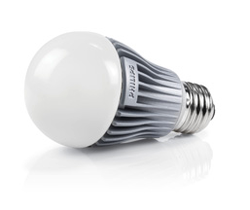
Federal energy initiatives push to inform the public on different lighting options for their homes and businesses. The recent implementation of the Lighting Facts product label is possibly the epitome of this energy efficient lighting movement, as lawmakers continue to try to outlaw incandescent light bulbs. One of the most important metrics on the Lighting Facts label is brightness. Appropriately listed first on the lighting facts label, its purpose is to guide the consumers to making the correct purchase for their home based on sound principles.
For years, homeowners bought light bulbs based on their watt rating; with the understanding that the more watts that the light bulb was rated, the brighter it would be. The truth is the relationship between watts and brightness of light output is rather indirect. A watt is a unit of power, or energy consumed by the light source. A watt rating, as indicated on the traditional incandescent light bulb and on the lighting facts label, represents the amount of watts consumed by the light bulb in one hour of use. If consumers want to buy a light bulb that will emit a certain level of brightness, then they should buy a light bulb based on its rating of lumens.
For years, homeowners bought light bulbs based on their watt rating; with the understanding that the more watts that the light bulb was rated, the brighter it would be. The truth is the relationship between watts and brightness of light output is rather indirect. A watt is a unit of power, or energy consumed by the light source. A watt rating, as indicated on the traditional incandescent light bulb and on the lighting facts label, represents the amount of watts consumed by the light bulb in one hour of use. If consumers want to buy a light bulb that will emit a certain level of brightness, then they should buy a light bulb based on its rating of lumens.
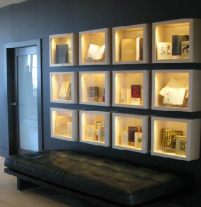

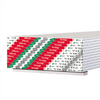
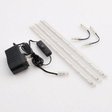
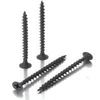
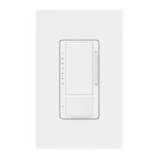
 RSS Feed
RSS Feed